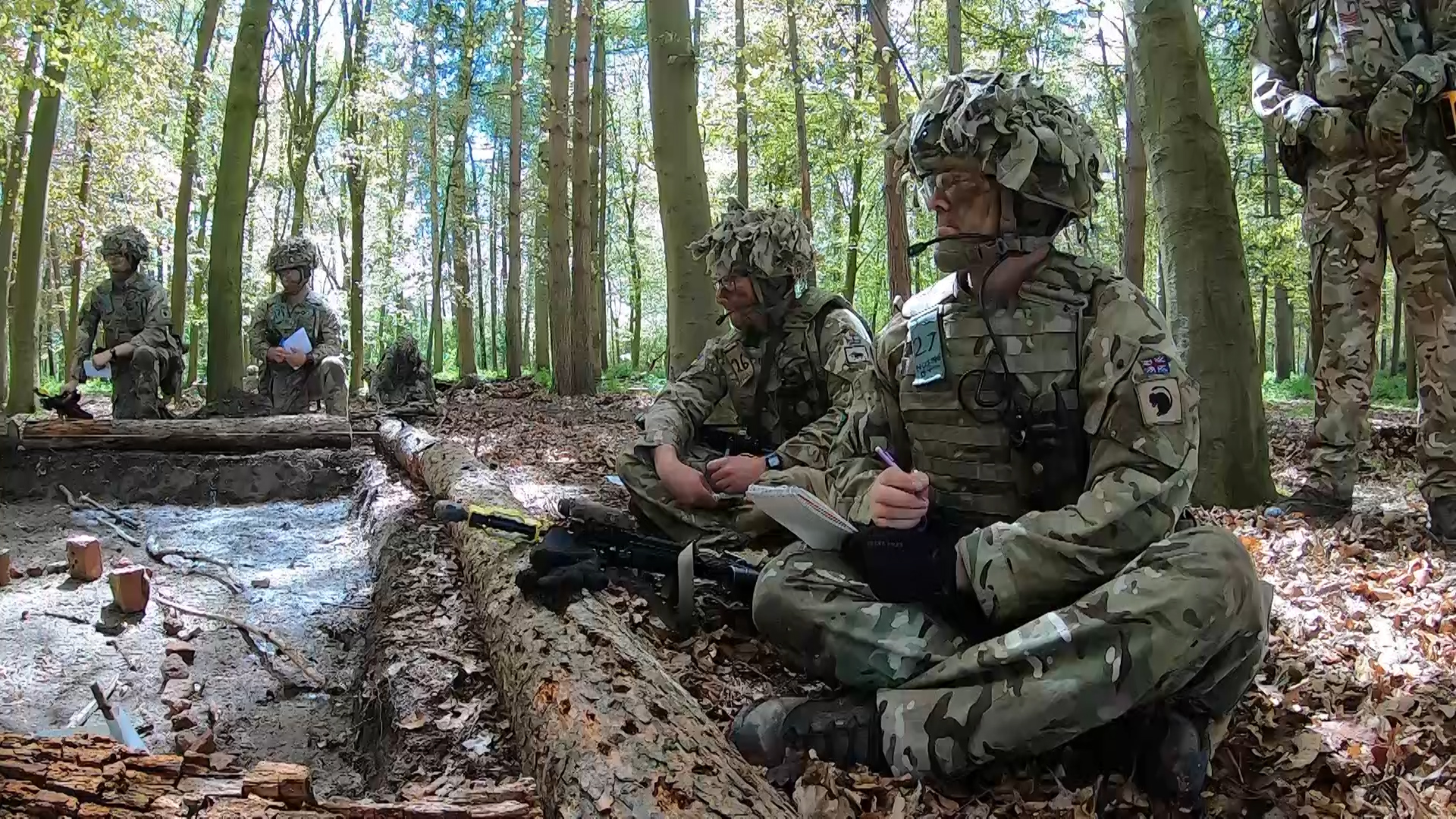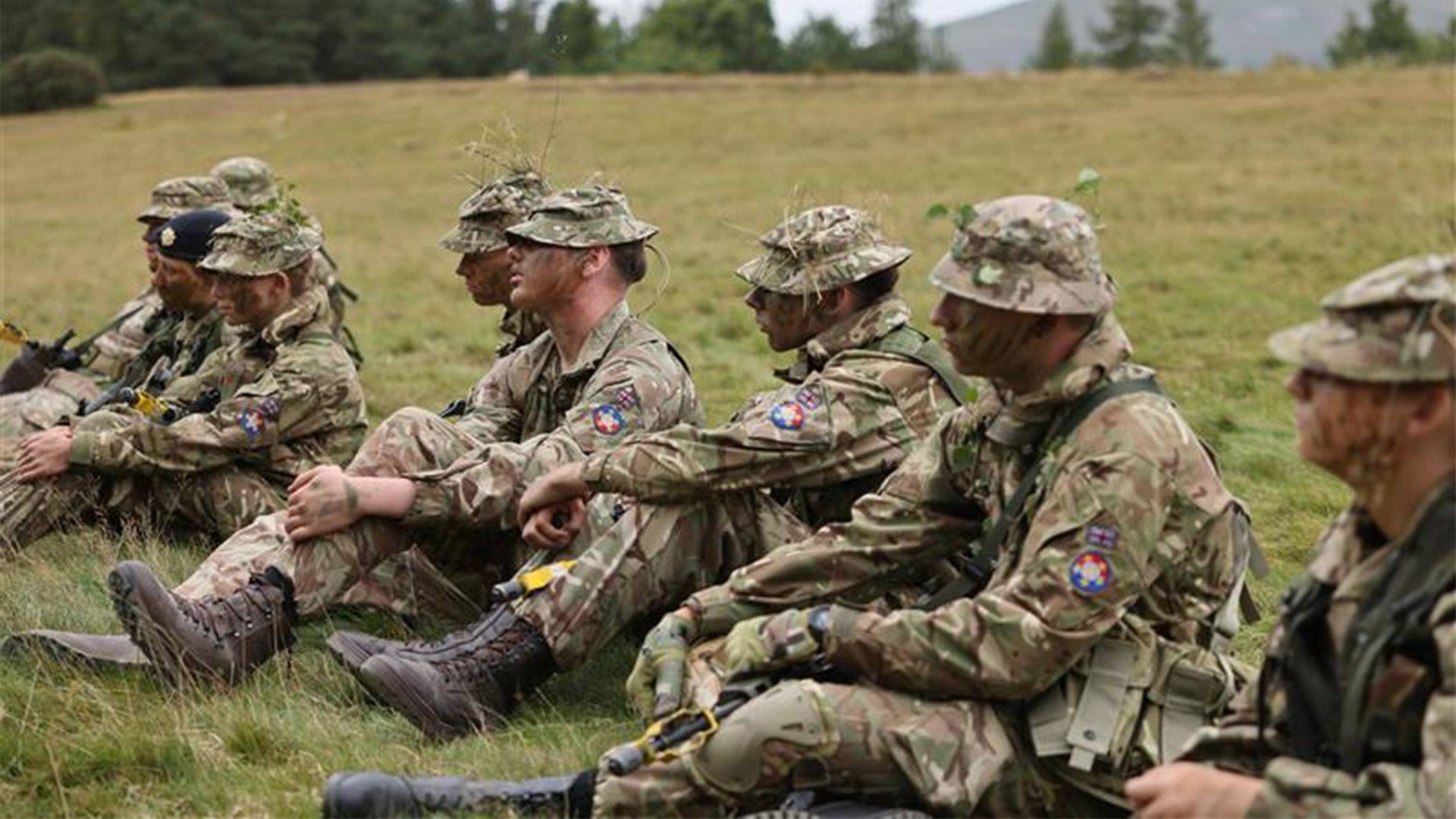
SDR pledged growth in reserves and cadet forces, yet questions linger on if targets are realistic

The Ministry of Defence expressed ambitions to expand both reserve forces and the number of cadets in the Strategic Defence Review.
But a Public Accounts Committee (PAC) report has raised questions about how realistic those plans are.
BFBS Forces News takes a closer look at the report's findings.
Why the Public Accounts Committee review?
The Public Accounts Committee examines the value for money of government projects, programmes and service delivery.
Reserves are a key part of the UK's defence capability, and cadets provide life-changing opportunities for thousands of young people.
The SDR stated the MOD would aim to expand the number of reserves by 20% by 2030 and increase cadet forces numbers by 30% within the same timeframe.
The PAC review was set up to assess whether this would be realistic in terms of budgets and planning.

What concerns did the PAC report raise?
The report concluded that the MOD "will only achieve its aspirations if it develops realistic and appropriately funded plans and modernises the organisational structures and processes involved in delivery".
It also warned that the MOD does not currently have sufficient funding to expand the number of reserves, "or a detailed plan to achieve this expansion", and flagged issues with the recruitment of additional cadets, highlighting a shortage of adult volunteers to help run the groups.
While the report acknowledged there was enthusiasm among young people to join the cadet forces, it said it believed "it will require considerable effort to persuade young people to volunteer as cadets in significantly increased numbers".
A lack of resources in terms of training sites and accommodation for cadets was also highlighted.

What were the report's recommendations?
The report says the MOD should invest more in supporting reserve forces and also calls for improved engagement with employers.
"A key priority for the [MOD] is reinvigorating its relationship with the Strategic Reserve of ex-regular personnel, which requires it to establish a digital solution by early 2027 to improve reserves management," it said.
It concluded the MOD "must set out by 31 March 2025 a plan for how it will significantly enhance the skills, scale and agility of both the Active and Strategic Reserves".
It also warned that plans to increase cadet numbers faced a "significant barrier" and, that while the MOD was working to improve this, it should also try to "ensure that young people from different backgrounds and all parts of the UK can join, address barriers to expansion such as the number of adult volunteers and maintain robust safeguarding arrangements".
Key aims of the SDR
When the Strategic Defence Review was published in June, Defence Secretary John Healey described it as a response to a "new era of threats" facing the UK.
He said plans for greater investment in defence were a response to a more aggressive Russia, emerging nuclear threats and the danger of cyber-attacks.
Mr Healey also set out plans for the Government to increase the amount spent on defence, as well as reforms to how the money is invested.
Plans to increase troop numbers in the Armed Forces were also a key pledge in the review, with reserves playing a vital role in adding to the overall military tally.









